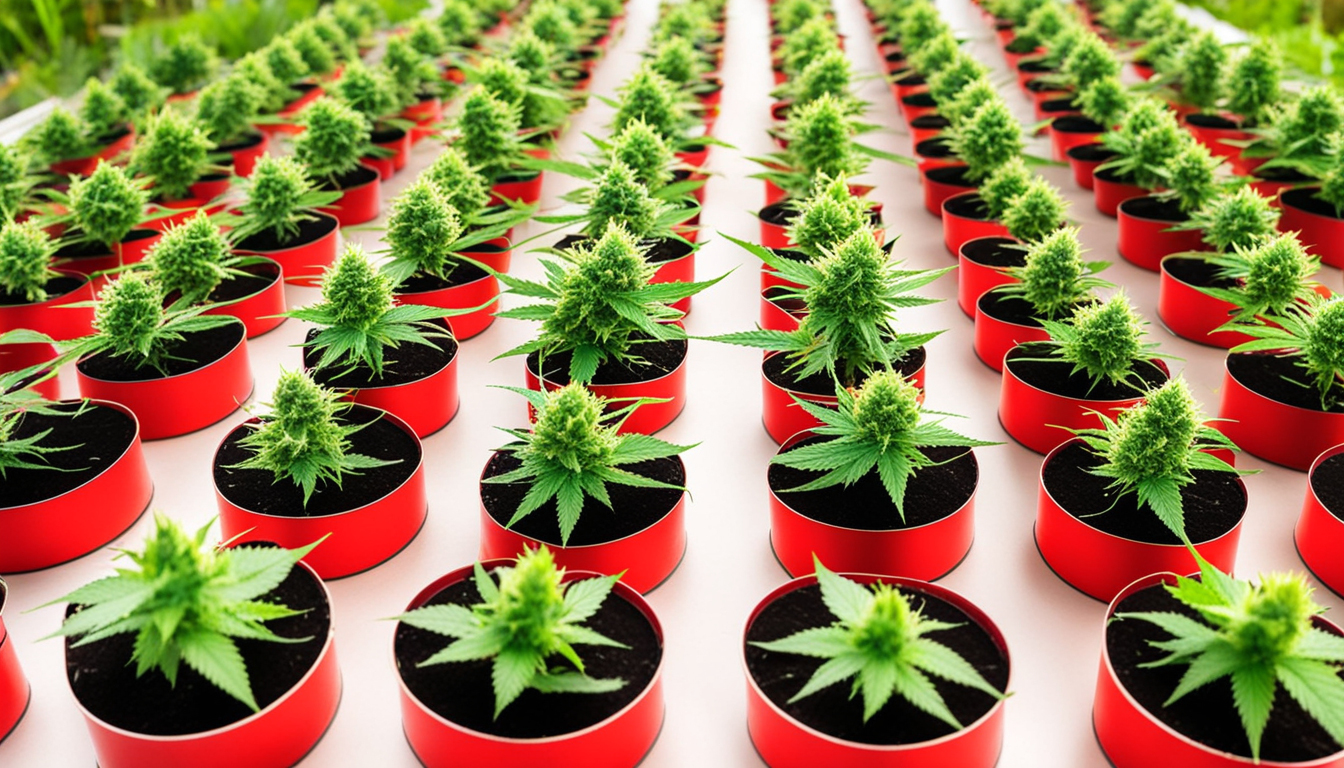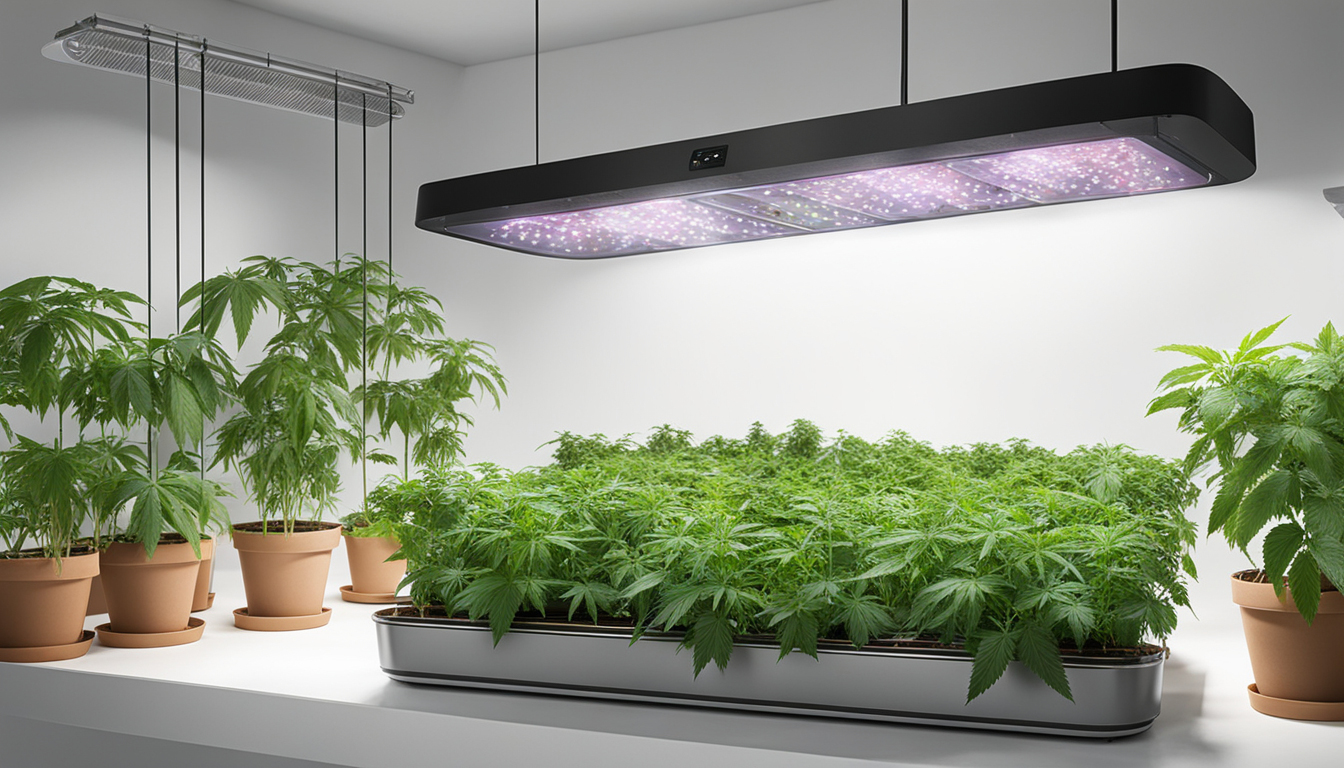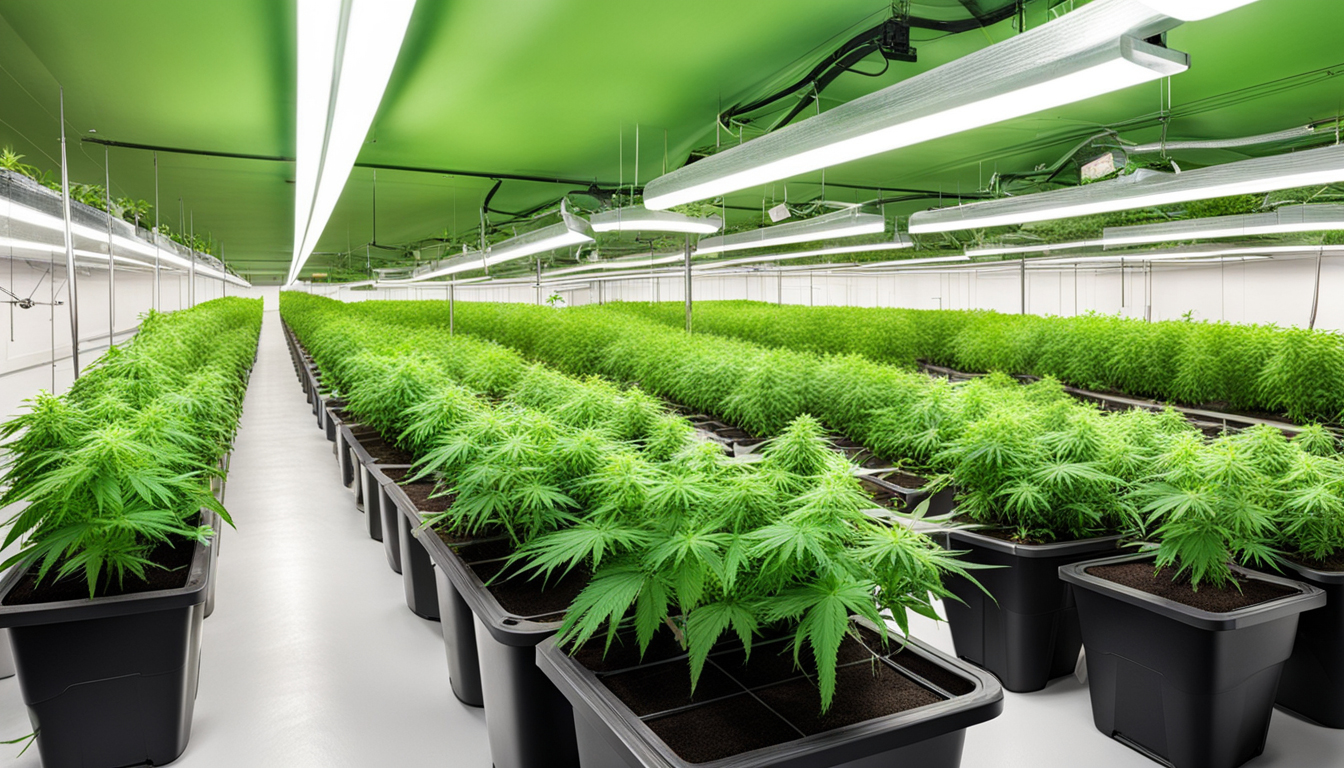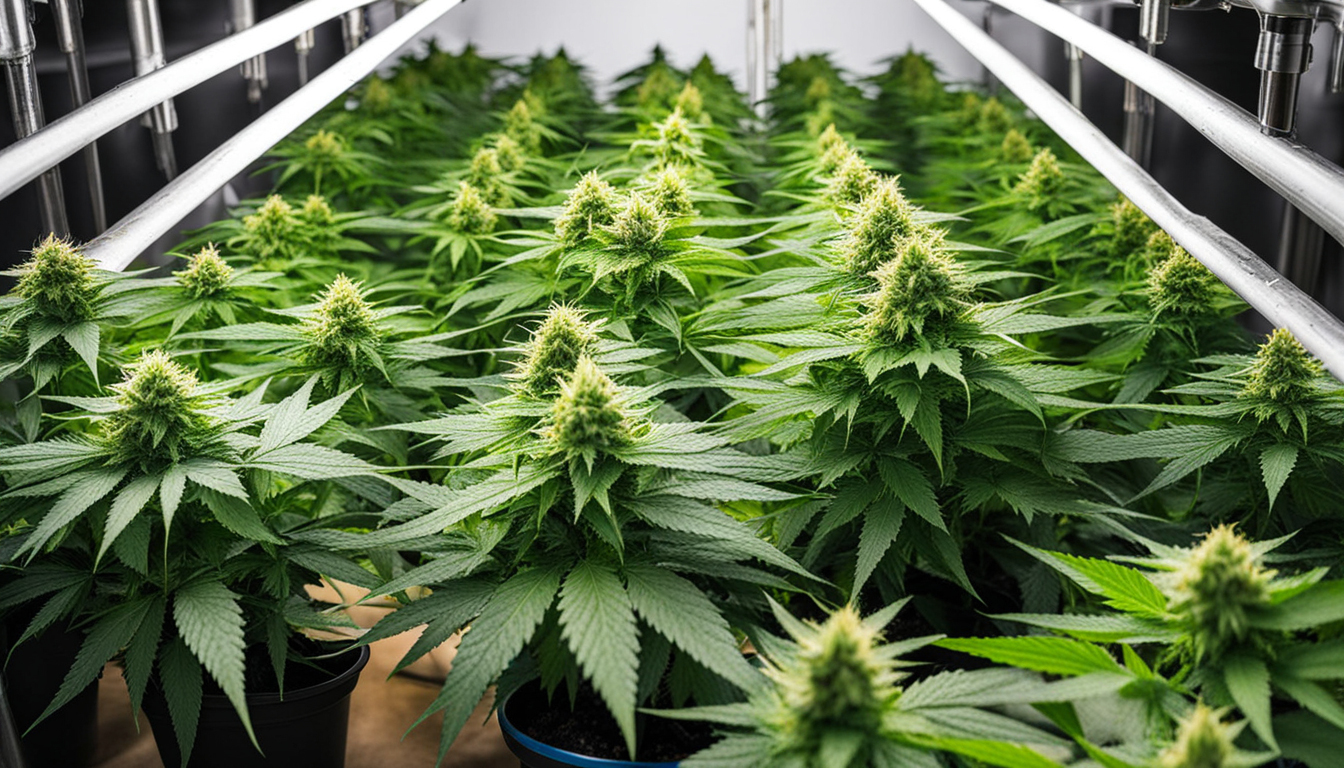
Whether you're beginning weed production or looking to improve your existing grow, following this complete guide will help you produce large, high-quality yields right at home. With the right gear, strategies, and attention, growing weed indoors can be an extremely satisfying and cost-effective endeavor.
Choosing Pot Strains
The first step in planning your indoor grow is selecting the right marijuana cultivars to produce. The three main types of cannabis plants each have their own characteristics.
Sativas
Known for their invigorating intellectual effects, these strains spread tall and slender with narrow leaves. They flourish in warmer equatorial climates and have a longer flowering time between 10-12 weeks indoors. Top sativa strains include Jack Herer, Durban Poison, Super Lemon Haze, and Jack Herer.
Relaxing strains
These strains provide calming body-focused effects and spread short and bushy with broad leaves. Adapted to cooler mountain climates, they flower faster within 8-9 weeks. Popular indica strains include Granddaddy Purple, Northern Lights, and Bubba Kush.
Hybrids
Hybrid strains blend traits from both sativas and indicas. They offer combined effects and have moderate flowering periods around 9-10 weeks. Well-known hybrids are OG Kush, Girl Scout Cookies, and Blue Dream.

Setting Up Your Cultivation Space
Marijuana plants need the right controlled environment to thrive. Key factors for indoor farms are lighting, ventilation, layout, and finding the ideal discreet area.
Location
Choose an available space with quick access to water and electrical outlets. An empty spare room, large closet, corner of the basement, or cultivation tent tucked away in a garage all make great stealthy grow room spots.
Lighting
Pot requires powerful light for all growth stages. LED grow lights are efficient and come in broad spectrum options simulating natural sunlight. Provide 250-400 watts per square foot for the vegetative stage and 400-600 watts per sq. ft. for bloom.
Ventilation
Proper airflow and exhaust systems keep ideal temp, humidity, and fresh CO2 levels. Set up silent 4-6 inch fans or scrubbers to circulate stale air and reduce smells.
Layout
Maximize your space by positioning plants carefully under the lamps and leaving room to access and work around them. Set up distinct zones for growth, bloom, drying, and cloning.

Growing Mediums
Cannabis can be cultivated in different mediums, each with benefits and cons. Pick a suitable option for your particular setup and growing style.
Soil
The traditional medium, soil is inexpensive and easy for new growers. It provides great taste but requires more irrigation and fertilizing to feed plants. Amend soil with vermiculite or coco to enhance drainage.
Coconut coir
Made from coconut husks, renewable coco coir holds water but still allows air to the roots. It's more sterile and more predictable than soil. Use coir-specific nutrients to prevent accumulation.
Hydroponics
In water systems, plant roots develop directly in fertilizer water solution. This enables rapid development but needs close observation of water chemistry. DWC and drip systems are popular techniques.
Germinating Seeds
Sprouting activates your marijuana seeds to start sprouting radicles. This prepares them for planting into their cultivation medium.
Paper Towel Method
Place seeds between wet paper towels and keep them damp. Check after 2-7 days for growing taproots indicating sprouting is complete.
Direct Planting
Plant seeds right into wetted growing medium 1⁄4 inch deep. Gently water and wait 7-14 days until sprouts push through the top.
Cubic rockwool
Presoak cubic rockwool starters in pH-adjusted water. Insert seeds 1⁄4 inch deep into the cubes. Keep cubes wet until sprouts emerge within 1-14 days.
Repotting Young plants
Once sprouted, cannabis seedlings need to be transplanted to prevent crowding. Move them into appropriately sized containers.
Ready Containers
Load large pots with growing medium enriched with time-released fertilizer. Allow containers to soak up water for 8-12 hours before repotting.
Carefully Transplanting
Gently separate young roots from sprouting medium using a spoon. Place into pre-soaked pot at same depth as before and lightly water in.
Growth Stage
The growth stage encourages leafy growth and plant form through 3/4 to full day of daily light intensity. This stage usually lasts 1-2 months.
Using 18-24 Hours of Light
Use lamps on a Donate Here 24 daily schedule or natural sunlight to trigger nonstop growth. Light intensity influences height and node distance.
Fertilizing
Use vegetative stage nutrients richer in N. Make sure pH remains around 6.5 for proper nutrient absorption. Feed 25-50% concentration after 2 weeks and increase gradually.
LST and topping
Fimming, LST, and scrogging manipulate shoot patterns for even canopies. This boosts yields.

Bloom Stage
The flowering stage grows buds as plants reveal their sex under a 12 hour cycle timing. It lasts 2-3 months based on propagate cannabis guide variety.
Switching to 12/12
Change lamps to 12/12 or place outside for natural 12/12 timing. This signals plants to start flowering.
Flushing
Leaching removes nutrient salts to enhance taste. Fertilize weakly the first weeks then just use plain water the final 2 weeks.
Flushing
Maintain 12 hour photoperiod but leach using neutral pH water only. Resume plain watering if buds aren't yet ripe after two weeks.
Reaping
Recognizing when marijuana is completely mature ensures maximum cannabinoid content and aroma. Harvest plants at optimal maturity.
Identifying Ripeness
Look for fading pistils, swelling calyxes, and 10-15% cloudy trichs. Inspect buds around the plant as they don't all ripen evenly.
Cutting Plants
Use clean, sharp pruning shears to carefully slice each plant at the base. Keep 5-10cm of stalk attached.
Curing
Hang whole plants or branches inverted in a lightless room with average temperature and humidity around 45-65% for 7-14 days.
Aging
Curing continues desiccating while improving the buds like fine wine. This process mellows harshness and further develops cannabinoid contents.
Curing containers
Trim dried buds from branches and place into sealed containers, packing about 3⁄4 full. Use a sensor to monitor jar moisture.
Burping Daily
Open containers for a few hours each day to slowly reduce moisture. Remoisten buds if RH drops below 55%.
Final Cure
After 14-21 days when humidity levels off around 55-65%, perform a last trim and keep long-term in airtight jars.
Common Problems and Solutions
Even experienced cultivators run into various marijuana plant problems. Identify problems early and fix them properly to keep a strong garden.
Nutrient Deficiencies
Chlorosis often indicate insufficient nitrogen. Anthocyanins and leaves show low phosphorus. Test pH and boost nutrients slowly.
Bugs
Spider mites, fungus gnats, mites, and root aphids are frequent weed pests. Use organic sprays, ladybugs, and yellow traps for organic control.
Mold
Excessive moisture encourages powdery mildew and root rot. Improve circulation and circulation while lowering humidity under 50% during bloom.

Summary
With this complete indoor cannabis cultivation guide, you now have the info to cultivate plentiful strong buds for private harvests. Follow these techniques and methods throughout the seed starting, growth, and bloom stages. Invest in good gear and carefully check on your plants. In time, you'll be compensated with sticky aromatic Send a Message buds you grew yourself under the patient guidance of your green hands. Happy growing